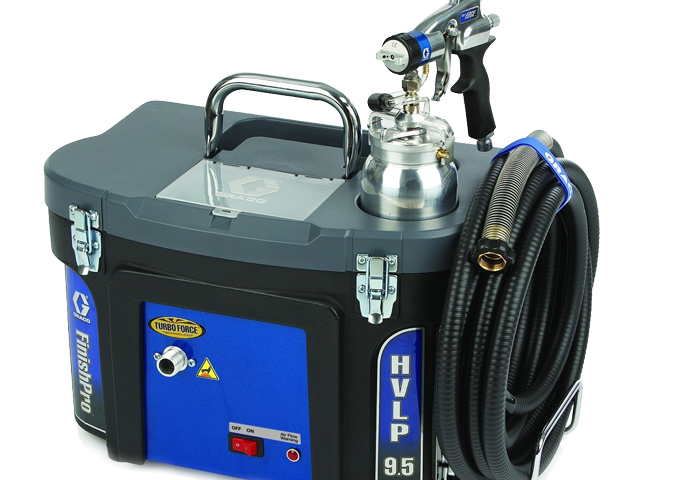Many people aren’t yet aware that spray painting is an option for kitchens and furniture, instead there’s a somewhat obvious assumption that painting is carried out by hand. While hand-painting has its merits, it doesn’t compare to the smooth and professional finish that’s achievable with spray painting.
Spray painting a kitchen
A common question from clients is what’s involved in spray painting a kitchen? And it’s a process we’re happy to explain. We start by calling to your home to remove cabinetry doors, plus fixtures and fittings. Each piece of your kitchen is recorded, so we know exactly what we’re taking away to our factory to spray paint. While we can take most of the kitchen with us, it isn’t possible to remove everything, so typically gables, cornices and pelmets are prepped and resprayed in situ. At this stage we also finalise colour choices and talk about finishes.
Once removed, your kitchen cabinetry is ready to begin its transformation. It’s also worth mentioning that during this time your kitchen is still fully accessible, which means that while we’re carrying out spray painting in our factory, you can go about your day without interruption.
Back at the factory
With your kitchen safely stored, work can begin. The first essential step is to thoroughly clean each kitchen, this step is very important in prepping and creating the right kind of surface for what comes next, namely sanding and priming. A cycle of sanding and priming gives us a smooth surface ready for spray painting. At this stage we can also clearly see any holes that might need filling. Issues such as peeling and chipping laminate or foil are also remedied prior to spraying to help create the best finish possible.
The final step is painting, which is carried out in our bespoke spraying room. Each surface, be it a drawer or door is spray painted twice, this produces an end result with even coverage, rich colour and of course, no brush strokes or drip marks. Kitchen cabinetry is then moved to our drying room where its left to cure.
What can you spray paint?
We’re frequently asked whether any material can be spray painted, and our answer is that most can. Engineered wood products such as chipboard, plywood and MDF can be spray painted equally as well as natural timbers. What matters in achieving a professional finish is the preparation of the surface material and of course the application.
Refitting kitchen cabinetry
On the day the spray painters comes to refit, they’ll bring all the necessary tools and equipment to carry out in situ painting of gables, cornices, edging etc. Before this takes place, your kitchen is sealed with appropriate covers to ensure walls, cupboards, worktops and flooring remain protected. With fittings and fixtures primed and painted, it’s then time to refit and unveil your newly spray painted kitchen.
A huge advantage in having your kitchen sprayed is that it’s ready to use the same day it’s refitted. This means minimal fuss and disruption in your home, while your kitchen is being professionally upgraded and transformed! From start to the finish, the whole process takes between 2-3 days, which we think you’ll agree is well worth the wait.



1 Comment
Hiya, can you do a wooden fireplace surround, I was going to hand paint it but would rather a better finish, and if so have you any idea of cost